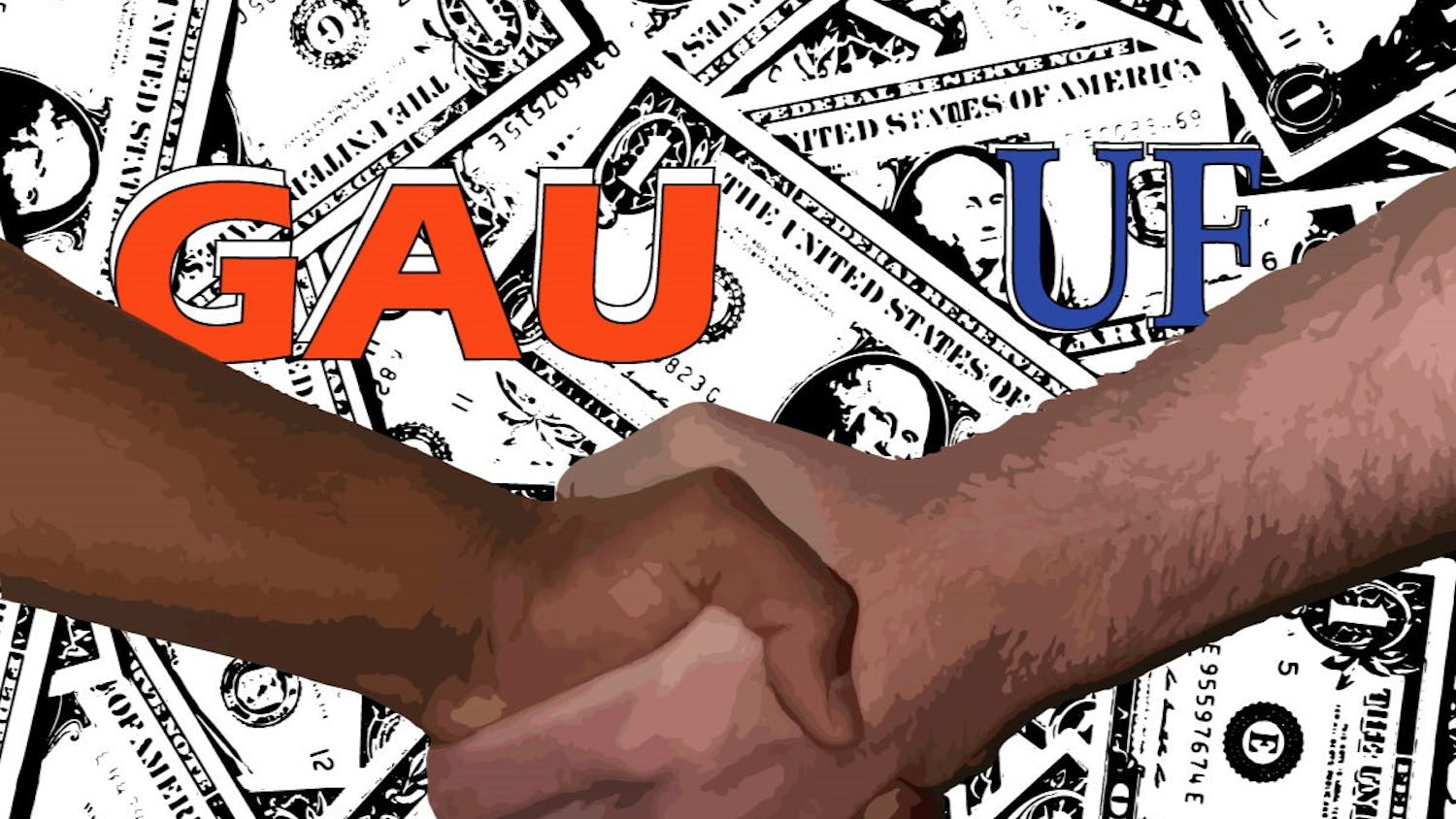Don’t let the diminishing unemployment rate fool you. An economic crisis still looms in this country — the same one we were supposed to be out of years ago.
The richest 10 percent of Americans took more than half of the country’s income in 2012, according to a New York Times study. That’s the largest share since the government began keeping records. In fact, about 20 percent of the nation’s income was concentrated in the top 1 percent of earners.
As long as this continues, unemployment will remain rampant and wages stagnant. Because high levels of unemployment have lasted so long, businesses have no incentives to improve workers’ salaries, and companies know workers will take what they can get in this kind of environment. According to the same study, income for the lower 99 percent of workers has risen only 1 percent in 2012, while the richest 0.01 percent — yes, one-hundredth of one percent — enjoyed more than a 32 percent raise. In fact, the richest 400 Americans are worth more than $2 trillion, which is about the same as Russia’s gross domestic product.
While wages have stagnated for an overwhelming majority of Americans, so have employment opportunities.
The unemployment rate for the poorest families — earning less than $20,000 a year — is as high as it was during the Great Depression at 21 percent, according to the Associated Press. Meanwhile, households earning $150,000 or more are enjoying an extremely low unemployment rate of 3.2 percent.
“This was no ‘equal opportunity’ recession or an ‘equal opportunity’ recovery,” Andrew Sum, director of the Center for Labor Market Studies at Northeastern University, told the Associated Press. “One part of America is in depression, while another part is in full employment.”
This news comes on the heels of strikes from Walmart and fast-food workers, demanding a living wage.
Think about it: If we just raise the wages of low-paid workers, then there’s more money injected into the economy through their spending. Less people would have to work multiple jobs to make ends meet, thus opening more positions for those most affected by unemployment.
But raising the minimum wage hurts business and causes prices to skyrocket, right?
Not exactly.
A study from April 2011 by the University of California, Berkeley found that if Walmart paid its workers $12 an hour, the average shopper would only spend an extra 46 cents per trip. That’s nearly double the federal minimum wage and would only cost the consumer an extra $12.49 per year. And again, that’s only if the new costs were completely absorbed by consumers.
Other companies manage to pay better than minimum wage, like Walmart competitor Costco, which pays its workers $17 an hour on average. Not to mention that many of these companies claiming a higher minimum wage would break them are also present in countries with higher minimum wages than the U.S. — countries such as Australia, the U.K. and France.
The only people corporations care about are shareholders, not workers. The only way the economic situation will get better in this country is if policies like this start to change. We must quit prioritizing the rich over the poor and stereotyping low-income individuals and communities and give them what they deserve — fair wages and equal opportunities.
Justin Jones is a UF journalism senior. His columns run on Thursdays. A version of this column ran on page 6 on 9/19/2013 under the headline "Wages, job opportunities remain stagnant"





